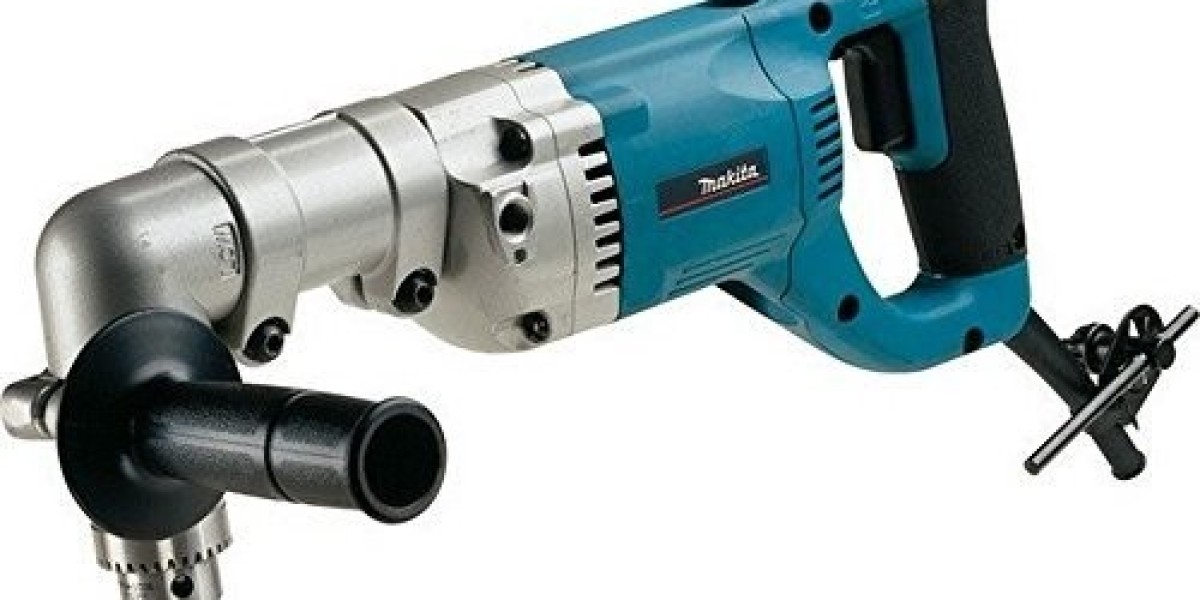The Rise of Smart Vacuum Cleaners: A Comprehensive Guide
In the ever-evolving landscape of home technology, smart vacuum cleaners have emerged as a revolutionary solution to one of the most mundane household chores—cleaning. These intelligent devices not only simplify the task but also enhance efficiency and convenience. This article delves into the world of smart vacuum cleaners, exploring their features, benefits, and the technology that powers them.
What is a Smart Vacuum Cleaner?
A smart vacuum cleaner is an automated cleaning device that uses advanced technology to navigate and clean floors in a home or office. Unlike traditional vacuum cleaners, smart vacuums are equipped with sensors, mapping algorithms, and connectivity features that allow them to operate autonomously. They can be controlled via smartphone apps, voice commands, or even scheduled to clean at specific times.

Key Features of Smart Vacuum Cleaners
Autonomous Navigation
- Sensors and Mapping: Smart vacuums use a combination of sensors, including infrared, ultrasonic, and camera-based systems, to navigate and map the environment. This allows them to detect obstacles, avoid stairs, and clean efficiently.
- Mapping Algorithms: Advanced mapping algorithms help the vacuum remember the layout of your home, ensuring it covers all areas without missing spots.
Connectivity
- Smart Home Integration: Many smart vacuums can be integrated with popular smart home ecosystems like Amazon Alexa, Google Assistant, and Apple HomeKit. This allows users to control the vacuum using voice commands.
- Mobile App Control: Dedicated mobile apps enable users to schedule cleaning sessions, monitor the vacuum's status, and receive notifications about maintenance needs.
Customizable Cleaning
- Zone Cleaning: Users can specify certain areas of the home for focused cleaning, such as the kitchen or living room.
- No-Go Zones: Set virtual boundaries to keep the vacuum out of specific areas, such as pet beds or children's play areas.
Advanced Cleaning Technology
- HEPA Filters: High-Efficiency Particulate Air (HEPA) filters capture small particles, including dust, pollen, and pet dander, improving indoor air quality.
- Multiple Cleaning Modes: Some models offer different cleaning modes, such as carpet, hardwood, and edge cleaning, to cater to various floor types.
Maintenance and Battery Life
- Self-Emptying Bins: Some high-end models come with self-emptying dust bins, reducing the frequency of manual cleaning.
- Long Battery Life: Smart vacuums are designed to operate for extended periods, with many models offering battery life of up to two hours. They can also return to their charging dock automatically when the battery is low.
Benefits of Smart Vacuum Cleaners
Convenience
- Hands-Free Operation: The primary advantage of smart vacuums is their ability to clean without human intervention, freeing up time for other activities.
- Remote Control: The ability to control the vacuum from a smartphone or voice assistant adds to the convenience.
Efficiency
- Systematic Cleaning: Smart vacuums use mapping and navigation to ensure thorough and systematic cleaning, reducing the likelihood of missed spots.
- Energy Efficiency: Advanced models are designed to optimize energy use, making them environmentally friendly.
Improved Indoor Air Quality
- HEPA Filters: The use of HEPA filters can significantly reduce allergens and improve air quality, making smart vacuums a great choice for allergy sufferers.
Customization
- Personalized Cleaning: The ability to set specific cleaning schedules and zones allows users to tailor the cleaning experience to their needs.
FAQs About Smart Vacuum Cleaners
Q: How do smart vacuums navigate around obstacles?
- Smart vacuums use a combination of sensors and mapping algorithms to detect and avoid obstacles. Infrared and ultrasonic sensors help them sense objects, robotvacuummops while camera-based systems provide visual data to map the environment.
Q: Can smart vacuums clean all types of floors?
- Most smart vacuums are designed to handle a variety of floor types, including carpets, hardwood, and tiles. However, some models may perform better on certain surfaces. It's important to check the specifications and reviews before purchasing.
Q: How often should I clean the filters and brushes?
- Regular maintenance is crucial for optimal performance. Filters should be cleaned or replaced every few months, while brushes and other components should be checked and cleaned weekly to prevent clogs.
Q: Can I use a smart vacuum if I have pets?
- Yes, many smart vacuums are specifically designed for homes with pets. They often come with HEPA filters to capture pet hair and dander, and some models have special pet modes to handle high levels of pet hair.
Q: Are smart vacuums expensive?
- Smart vacuums can vary in price depending on the brand and features. While high-end models with advanced features can be more expensive, there are also affordable options available that offer basic smart functionalities.
Smart vacuum cleaners have transformed the way we approach household cleaning. With their advanced technology, convenience, and efficiency, they offer a practical solution for maintaining a clean and healthy home. Whether you're a busy professional, a pet owner, or simply looking to simplify your daily routine, a smart vacuum cleaner is a valuable addition to any household.
By understanding the features and benefits of these intelligent devices, consumers can make informed decisions and enjoy the many advantages they bring to modern living.







